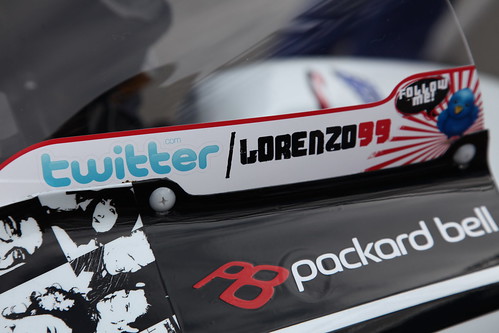Don’t get me wrong – having a Facebook “Page” can be a very effective communication tool if a substantial number of your customers spend time there. Probably for most mobile app developers, a huge chunk of your customers are on those sites every day. Even more importantly, though, is that you’re willing to put the time, creativity and energy into feeding your Page with enough useful information that will cause customers to make use of it and, better, to share it with their friends.
But, even if they do, will your Facebook Page inspire your customers to click on your links and download your apps? Will the friends they shared your Page with become avid customers of yours? Only if sprinkled liberally with pixy dust! Most people hear “social media” and think they must do it because it’s the “cool thing to do.” If you think creating a Facebook Page or Twitter account and blasting out ditties about the latest specials you are offering on your apps is going to bring you fame and fortune and earn you a Featured spot in the iTunes App Store, you’re missing the point.
The key word in “social media” is “social!” Your Facebook page is an extension of your relationship you have with John and Jane Q. Customer. It provides you a chance to listen as well as talk back. One of my clients is the brains behind GoodReader, the phenomenal document viewer for iPhones and iPads. I help them manage their Facebook page by keeping the app’s fans abreast of new features coming out and responding to their “wish lists” of new features that they post to our Wall. It’s amazing how many times we see posts that begin, “GoodReader is amazing! If only it…” and what follows “it” is always something different.
GoodReader’s Facebook page gives us the opportunity to fine-tune our brand message, adapt the app based on feedback from its biggest fans, and sometimes tell them why certain wishes can’t and won’t come true (like why there will likely never be a GoodReader for Android). Getting to know your customer and responding to them is an essential aspect of your social media strategy. My friend and web marketing consultant, Mark Murnahan (check out his blog at www.awebguy.com), says that “customer modeling” is invaluable to being successful with a social media strategy.
“Customer modeling involves creativity, analytic thinking, and data,” Mark says. “If you do not have the data to tell you who, what, where, when, how, and why people will respond to your marketing, you need to create it. Without knowing how to reach the right people with the right information, you may as well skip all the rest, because your time and money will largely be wasted. Worse yet, it can damage your brand value.” Take the time to find out who among your customers are on social media, what they would want from you, and how they would respond to it. Then, and only then, are you ready to put on your pink IZOD, flip up your collar, don your Ray-Ban shades, and be the cool kid with a Facebook page.


